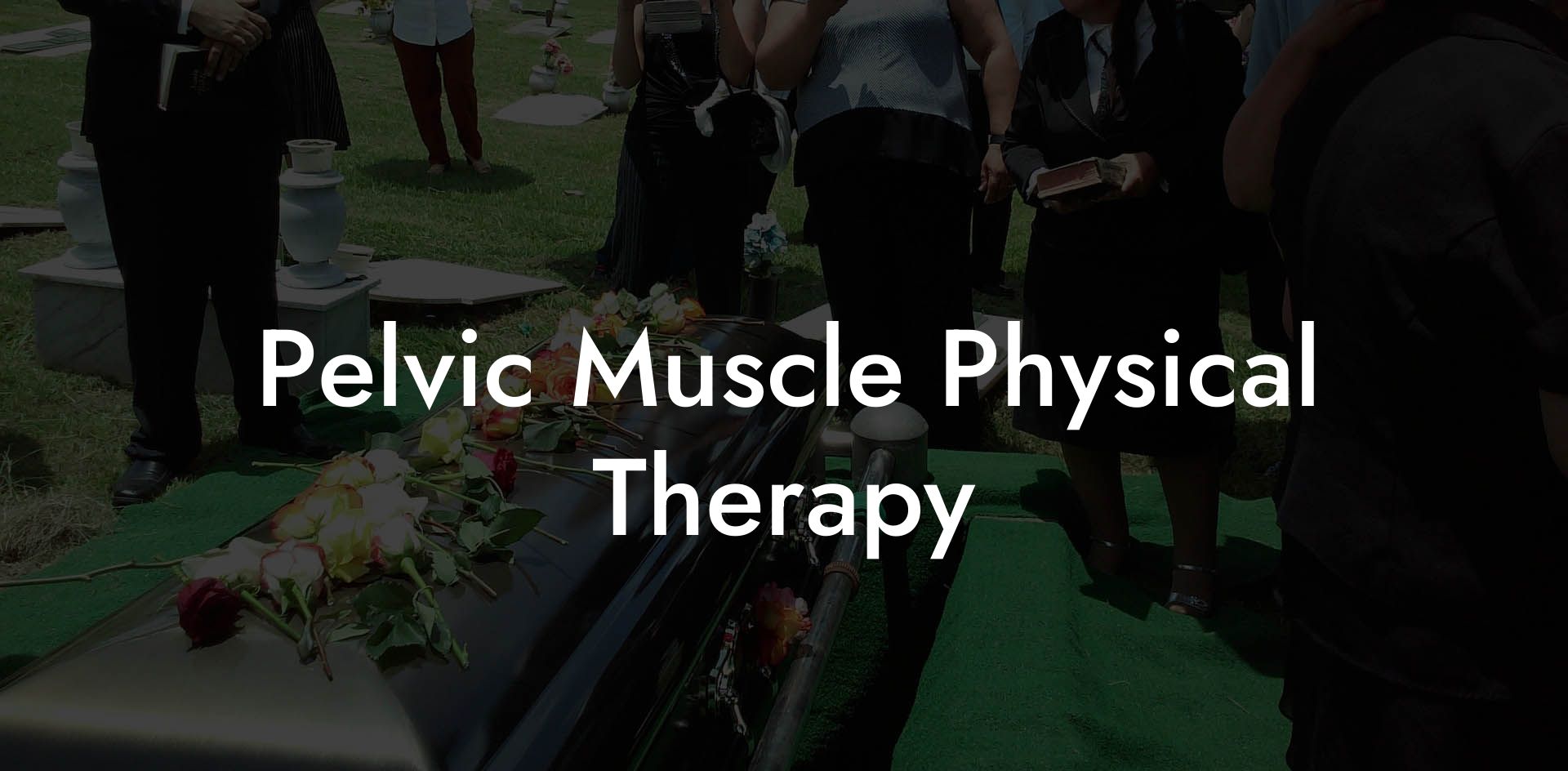Are you tired of trying different ways to tackle health issues related to your pelvic muscles? Have you had enough of suffering in silence from embarrassing bladder leaks and seeking respite from pelvic pain? Look no further! Pelvic muscle physical therapy can be your ultimate solution, thanks to its many benefits and its importance as a non-invasive method for healing your pelvic floor disorder. So let's dive into the world of pelvic muscle physical therapy and explore everything you need to know about this incredible approach.
Pelvic Muscle Physical Therapy Table of Contents
Transform Your Pelvic Floor in Just 4 Weeks: The Pelvic Floor Bible
Pelvic Muscle Physical Therapy Example
Transform Your Pelvic Floor in Just 4 Weeks: The Pelvic Floor Bible
Pelvic muscle physical therapy is a specialized form of physical therapy that focuses on the muscles, ligaments, nerves, and connective tissues that form a complex network supporting the pelvic organs. This therapy aims to rehabilitate and strengthen the pelvic floor muscles, improve postural alignment, resolve various pain syndromes, and enhance the overall function of the pelvic region.
Pelvic muscle physical therapy plays an essential role in treating various pelvic floor issues such as incontinence, pelvic pain, bowel dysfunction, prolapse, and sexual dysfunction. It is particularly helpful in addressing postpartum complications such as diastasis recti (separated abdominal muscles), perineal tears, and cesarean recovery.
A pelvic floor physical therapist is a licensed healthcare professional trained in the evaluation and treatment of pelvic floor disorders. They usually work alongside urologists, obstetricians/gynecologists, colorectal surgeons, and other specialists to provide comprehensive care tailored to each patient's individual needs.
The treatment techniques used in pelvic muscle physical therapy mainly involve the following:
Pelvic Floor Muscle Exercises
These exercises aim to strengthen and relax the pelvic floor muscles, which helps to support the pelvic organs and enhances their function. The most widely known pelvic floor exercise is called kegel exercises, which involves contracting and relaxing the muscles that control the flow of urine.
Biofeedback
Biofeedback is a technique that involves the use of specialized equipment to provide real-time information to patients about their pelvic floor muscles' activity. This feedback helps patients learn how to isolate and control their pelvic floor muscles more effectively.
Manual Therapy
This hands-on therapy aims to address the muscle tightness, knots, and trigger points in the pelvic region and reduce pain and inflammation. Manual therapy techniques like myofascial release, soft tissue mobilization, and joint mobilization can significantly improve pelvic floor muscle strength and flexibility.
Neuromuscular Re-education
This treatment approach focuses on helping patients re-learn and establish better muscle activation patterns to achieve optimal pelvic floor muscle function.
Postural Training
Many pelvic floor disorders are associated with poor posture. Pelvic muscle physical therapists teach patients how to improve their posture and body mechanics to relieve stress on the pelvic floor muscles.
Pelvic Muscle Physical Therapy Example
Tamara, a 32-year-old mother of two, has been struggling with urinary incontinence and lower back pain ever since her second childbirth. After months of suffering in silence, she decided to give pelvic muscle physical therapy a try. With the help of her physical therapist, Tamara learned how to contract and relax her pelvic floor muscles through kegel exercises, improved her overall posture, and received manual therapy to ease her back pain.
A few months into her therapy, Tamara noticed a significant improvement in her symptoms. Her urinary incontinence was nearly gone, and her back pain was much more manageable. She was impressed with how much pelvic muscle physical therapy improved her quality of life and became a firm believer in its benefits.
In conclusion, pelvic muscle physical therapy has proven to be an excellent approach to address various pelvic floor issues and improve overall health. The combination of specific exercises, manual therapy, biofeedback, and postural training ensures successful treatment of even the most stubborn and complex cases.
If you are facing pelvic floor challenges, it's time to take control of your health by exploring pelvic muscle physical therapy. Make sure you share this guide with your friends and loved ones and encourage them to learn more about the incredible benefits of this therapy. Remember, knowledge is power, and understanding how to care for your pelvic health is the first step toward a pain-free and happy life.













